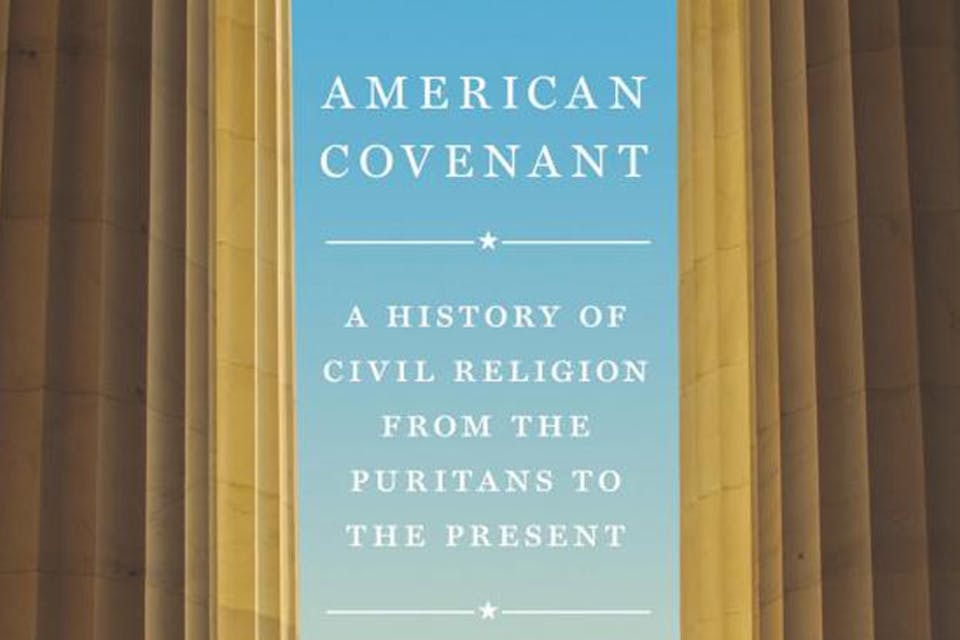
April 6, 2017
The Illusory Quest for a Vital American Center
What a new history of American civil religion gets wrong.
The quest for the “vital center” of American politics is admirable. It is also a quixotic endeavor, and one vulnerable to slipping into just another form of partisanship. Proceeding from a sound conviction—that underlying the contentious wrangling of day-to-day politics are deeper, unifying commitments—it goes astray by encouraging its adepts to identify their partisan preferences with the sturdy foundations of the American constitutional tradition, and to dismiss those who think differently as knaves, fools, or thugs.
Both the merits and the deficiencies of this enterprise are typified in a 1949 book, aptly named The Vital Center, by the Harvard historian Arthur Schlesinger, Jr. Aiming to counter, on the one hand, proponents of an unregulated market and, on the other hand, the baleful influence being exercised on the Democratic party by Henry Wallace and other sympathizers with Soviet Communism, Schlesinger proposed New Deal-style liberalism as the best source of principles around which Americans could and should come together.
But did New Deal liberalism really embody the “vital center”? In his 1955 mission statement introducing the premier issue of National Review, William F. Buckley, Jr. ridiculed Schlesinger’s conceit that FDR’s aggressively regulatory and redistributionist form of governance was the only game in town. The “liberal intellectual imagination,” Buckley maintained, which ascribed to itself an openness to everything just and reasonable, was in actuality afflicted by arrogance, intransigence, and a dazzling lack of self-knowledge. Far from open and accommodating, the political establishment of which Schlesinger himself was a prominent representative would do everything in its power to deny the possibility of “a responsible dissent from the liberal orthodoxy.”